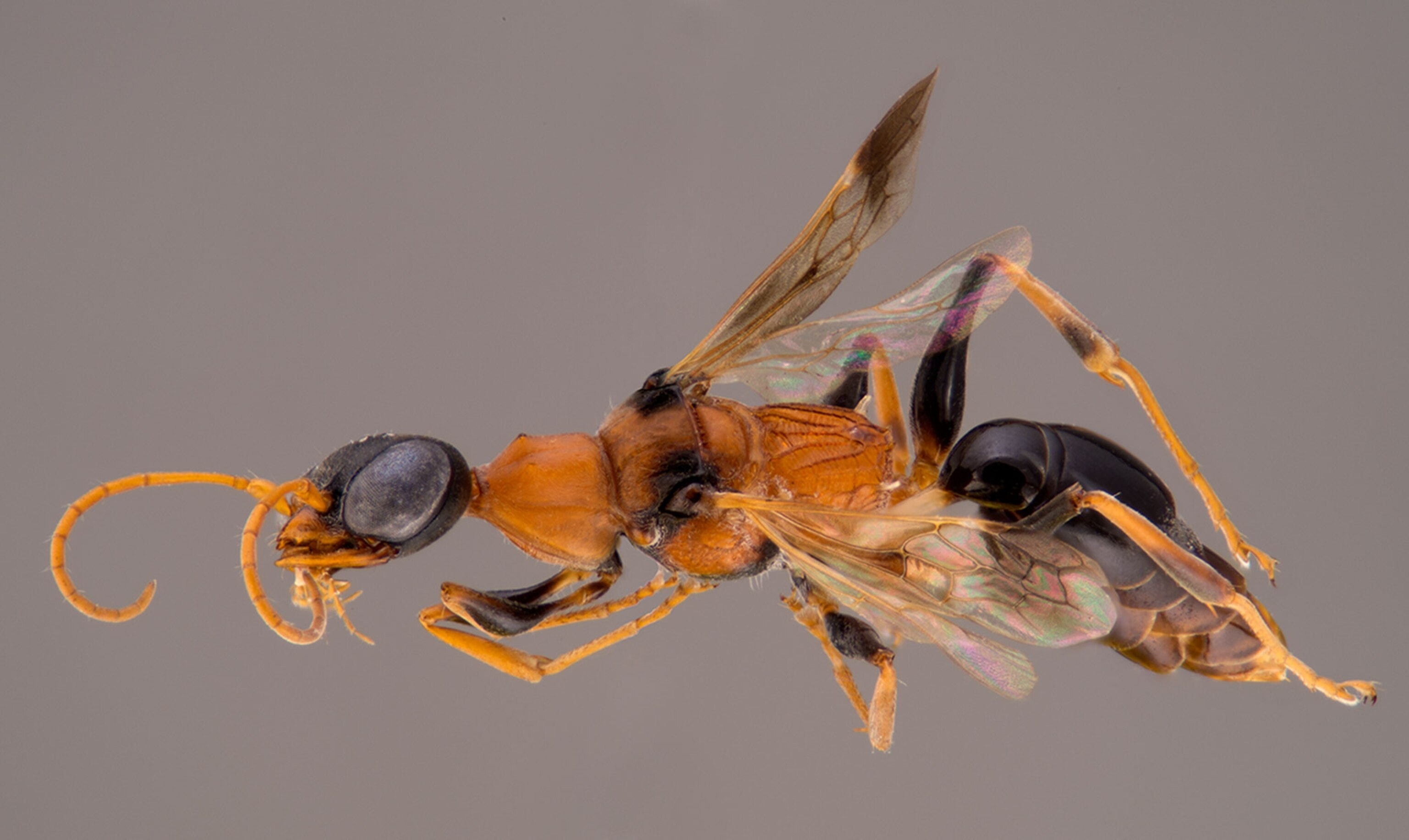
It's Almost Tax Day: Here's How Nature Files Its Taxas
In honor of April 18, we take a look at how science organizes and names species—sometimes with a sense of humor.
With U.S. tax day approaching on April 18, Weird Animal Question of the Week is taking author’s prerogative to ask “How does nature file its taxas?”
"The scientific practice of arranging and naming all living organisms into groups" is called taxonomy, says Chris Mah, a marine invertebrate zoologist and taxonomist at Smithsonian's National Museum of Natural History in Washington, D.C.
Formalized by 18th-century naturalist Carl Linnaeus, taxonomy organizes all living things into seven categories called taxa, ranging from broadest (kingdom, one of which is Animalia) to the most specific (species, like Homo sapiens). (Read more about Linnaeus, "the name giver.")
The system groups them based on how closely related they are to each other, Mah says.
You Name It
When identifying a new species, taxonomists look at its appearance, structure, and genetics, often comparing it with museum specimens.
The new species gets a formal Latin or Greek name, which generally has two words and begins with its genus name—genus being the taxa above species.
Scientists have many strategies when naming a species, from the more practical—the species' color or location—to the wonderfully whimsical.
The scarlet ibis' name Eudocimus ruber, refers to its color—ruber meaning red in Latin and Greek. The American black bear, Ursus americanus, draws from where it lives. (Read "What’d You Call Me? Meet the Bony-Eared Assfish.")
Others have what's called a tautonym, a name in which the same word is used for both species and genus. It's usually applied to animals that were distinctive or well known before they were officially described, Terry McGlynn, a biologist at California State University, Dominguez Hills, says via email.

Examples include Europe and Asia's moose species, Alces alces, and the green iguana, Iguana iguana.
I Shall Call Him Han Solo
Some recently named species sport pop culture names, Mah says.
Take Ampulex dementor, a parasitic wasp named for the soul-sapping Harry Potter creature; Avahi cleesi, a lemur named after comedian John Cleese to recognize his conservation efforts; and a plethora of Star Wars names, including an extinct trilobite named Han Solo. (Also see "What’s in an Animal Name?")
Scientists also honor their colleagues. Mah, who has named around 30 starfish species, dubbed Sthenaster emmae—literally “Emma’s strong star”—after his colleague Emma Bullock.

Robert Espinoza, a biologist at California State University, Northridge, has also honored colleagues this way—and had one species named after himself, Liolaemus espinozai, a type of South American lizard.
Why espinozai? There are rules for latinizing names: Species named after males get an i ending, while species named after females get an ae ending, he says via email.
And while you can name a species most anything, Espinoza says, “it is considered bad form to name something after yourself.”
Don’t Write It Off
To honor this often unsung skill, McGlynn founded Taxonomy Day, which is celebrated on March 19.

“Everything we do in biology is built on taxonomic work, and much is left to be done,” McGlynn says.
For instance, taxonomists make huge contributions to science by identifying invasive, toxic, and medically beneficial species, among others, Mah says. (See more pictures of Linnaeus' work.)
In a world of unknowns, taxonomists literally tell us “what’s what,” he adds.
How’s that for a happy return?
Weird Animal Question of the Week answers your questions every Saturday. If you have a question about the weird and wild animal world, tweet me, leave me a note or photo in the comments below, or find me on Facebook.





